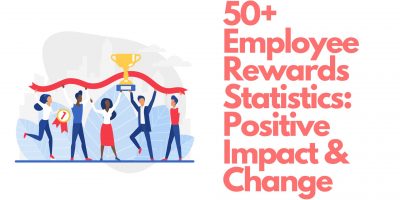
Free Webinar Software Platforms in 2024
Find a suitable platform to connect and engage with your global audience at no cost.

Job satisfaction is critical to overall life fulfillment. Employees who are satisfied with their jobs are more likely to stay with their present employer. Therefore, businesses must recognize the value of employee engagement and implement HR software that can help them to retain top personnel. Here are the current job satisfaction statics that may provide insights:
| Top 5 Most Meaningful Jobs | 5 Least Meaningful Jobs |
|---|---|
| Clergy – 98% | Parking lot attendants – 5% |
| English Language and Literature Teachers, Postsecondary – 96% | Gaming supervisors – 20% |
| Surgeons – 96% | Prepress technicians and workers – 25% |
| Directors, Religious Activities and Education – 96% | Title examiners, abstractors, and searchers – 25% |
| Education Administrators, Elementary and Secondary School – 95% | Fabric and apparel patternmakers – 25% |
| Top 10 Jobs with Highest Satisfaction (Glassdoor, 2019) |
|---|
| Recruiting manager – 4.6 |
| Sales operations manager – 4.5 |
| Product designer – 4.5 |
| Marketing assistant – 4.3 |
| Construction manager – 4.3 |
| Brand manager – 4.3 |
| Data scientist – 4.3 |
| Customer success manager – 4.2 |
| HR coordinator – 4.2 |
The job satisfaction statistics above show that employee engagement and proper payroll management are crucial drivers for happiness at work.
Workers feel content as long as they feel engaged, appreciated, and compensated accordingly. When they are satisfied, the company benefits significantly due to increased efficiency and productivity.
Browse our curated list of vendors to find the best solution for your needs.
Subscribe to our newsletter for the latest trends, expert tips, and workplace insights!

Find a suitable platform to connect and engage with your global audience at no cost.

In the face of evolving employee expectations and costly turnover, businesses are tasked with creating an employee recognition plan that works. While this can be a formidable challenge, the following steps can help ensure their success.

Gain insights into employee rewards statistics and learn how companies can establish a strong talent pipeline and save millions in hiring and training expenditures by keeping high-potential employees.

Transform your workplace with HR strategies designed to boost employee engagement, drive productivity and job satisfaction, and foster a culture of growth and success.
Used by most of the top employee benefits consultants in the US, Shortlister is where you can find, research and select HR and benefits vendors for your clients.
Shortlister helps you reach your ideal prospects. Claim your free account to control your message and receive employer, consultant and health plan leads.